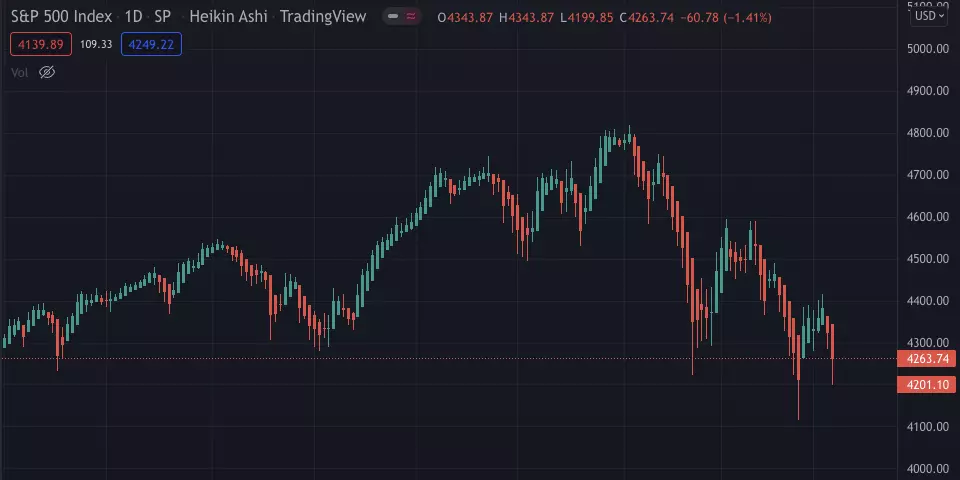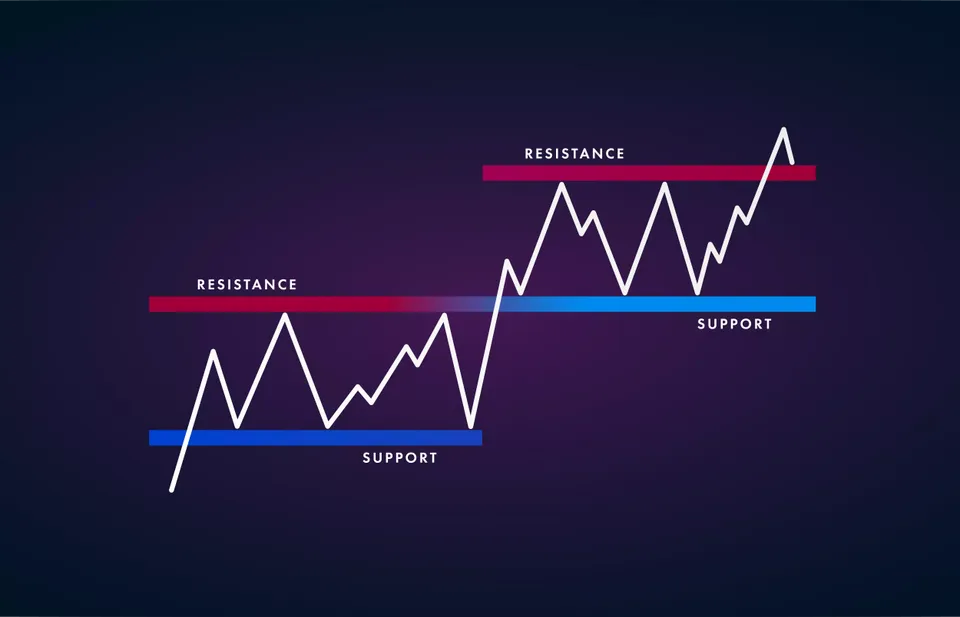I recently wrote about selling options and why this would be the best time to do it as premiums go up due to increased volatility amid panic and fear over war and inflation.
The best way to start selling options is with The Wheel Strategy. It's a great way to learn, it's easy to manage and can yield you some great returns. The main goal is to keep selling options on stocks you don't mind owning to generate a monthly income.
The process is very simple. You sell cash secured puts on a stock until you get assigned and receive the shares, then you sell covered calls on the assigned shares until the option is exercised. You can read more about this process in my article below:

Most Common Mistakes Trading The Wheel Strategy
In this article, I will talk about the most common mistakes when trading options using the wheel strategy and how you can improve your results. If you are not careful, it's very easy to get locked into a stock you don't want or overestimate your gains.
1. Entering in a trade based on premiums only
When starting selling options, the first mistake people make is to jump into the first stock they find based only on the premium they receive without any consideration on the company they are committing to buy should the option expire.
The most important thing to remember is that you must start this strategy with a stock you want to own. Don't just pick any penny stock out there because the premiums are high and the collateral is low.
I have made this mistake before. I started the wheel with a penny stock just because I didn't have to pay too much collateral, and the stock price dropped a few days after the bad earnings release. The option expired shortly after, and I got stuck holding 100 shares of a stock I didn't really want in my portfolio.
Trust me, it's going to kill you from the inside watching the price melting off for weeks. You will end up as I did, selling the shares for a loss.
If you like the stock and don't mind holding the shares, there's no problem as you can just sell a covered call above your assignment price and collect any premium you can.
To avoid any of this, before starting the wheel strategy, just ask yourself: "If I get assigned, and the stock drops another 10%, will I hate myself for holding the stock?". If the answer is yes, then it's not the right choice to wheel, no matter how significant the premiums are.
2. Chasing the yield
Along with the first point, the second mistake is to choose strikes closer at the money just because they have a higher yield and expect it to get it forever without ever being assigned.
Remember that "at the money" strikes give you a higher premium, but they also have a higher assignment probability. In this case, it's around a 50/50 chance or a delta of 0.5. Always look at the delta to get an idea of your probability of being assigned.
Generally, I like to sell out the money options that have a delta between 0.25-0.35 as they seem to have the best risk/reward ratio.
Instead of choosing the strike for your initial short put based on the yield, try to pick it based on the price you truly want to buy the stock and collect the premium while waiting to be assigned. Once assigned, sell the covered call at a strike you're happy selling the stock at, then repeat.
This way, you will not be disappointed that you will get assigned too frequently when the stock just keeps moving in one direction.
3. Disregarding the Intrinsic Value
The third mistake you can make is ignoring the intrinsic value of an option. As you should know, the option price consists of extrinsic value and intrinsic value.
An option's intrinsic value is the difference between the current value of the underlying asset and the option's strike price.
An option's extrinsic value is the amount that exceeds the option's intrinsic value. It is also referred to as time value and represents the potential of the option contract to become more valuable with time before expiration. The extrinsic value also has the implied volatility cost baked in.
Most new option traders fall into the trap of selling in-the-money options just because they offer more premium. However, those options are very low on extrinsic value, and your real premium gain is very small.
Remember that as an options seller, your goal is to collect the extrinsic value from the premium as time passes and you get closer to expiration. The best way is to sell out the money options as the contract value is only extrinsic, and you're not actually buying a stock for more than it's worth.
On the calls side, you could sell in the money calls only when you expect a pullback, and you want to reduce your stake and sell some of the stock's intrinsic value. You could also sell in the money call options when you want to get rid of the shares right away, and you just want an extra bonus on top of that small extrinsic value that remains.
4. Not knowing the true cost basis
The fourth mistake people make is that they don't track their cost basis every time they have completed a trade. This step is crucial to know where to sell your covered calls after assignment above your break-even point.
The other mistake you can make here is to count your premium twice by investing the premium in "free" shares and reducing your cost basis. You have to choose one or the other. I prefer to not do anything with the premiums I collect and just reduce the average cost of the shares.
For example, if you have sold a put at 50 and you collected $2 in premium, then when you get assigned, your basis will be $48. Don't also say you can now buy extra shares with those $200 you collected and consider them as free shares. If you want to buy those extra shares for free, don't deduct the premium from your cost basis.
5. Selling calls too quickly
The last mistake you could make is to rush into selling the calls too quickly shortly after getting assigned. As a result, you are missing out on a lot of the upside.
If you expect the stock to rise in the short term, why are you selling the call to rush getting that premium but capping your capital gains? Instead, try picking up a strike farther out the money than usual, say around 0.1-0.2 delta that has a higher chance to expire worthless and not get assigned.
If you are selling options for good companies, just hold the stock for a little while until you feel it has topped up, and then go and sell your covered calls. You will be way above your basis, and if you get assigned, you will have made a nice extra capital gain from the share price going up in value.
Bottom Line
The Wheel Strategy is the perfect way to start making passive income and learn more about options. If you do it the right way, you will see some amazing returns in no time.
To start trading options, you can use my link below to create an account with Interactive Brokers and help support my articles.
Interactive Brokers (Worldwide): https://ibkr.com/referral/valjohannes232 - If you sign up using this link you will get $1 in IBKR shares for every $100 of cash for up to $1000 worth of IBKR shares. The average balance must be maintained for at least 1 year for you to get the shares.






